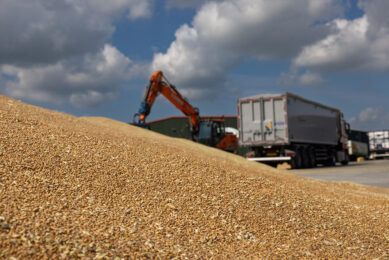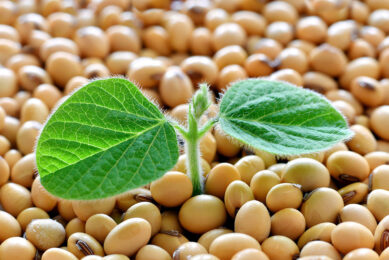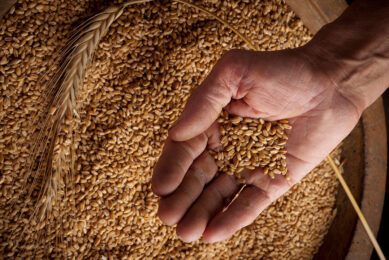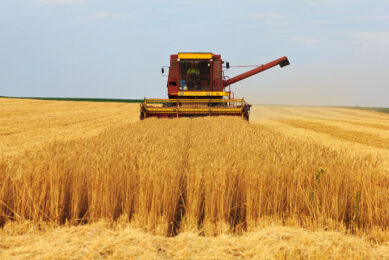New harvest pressure on grain prices
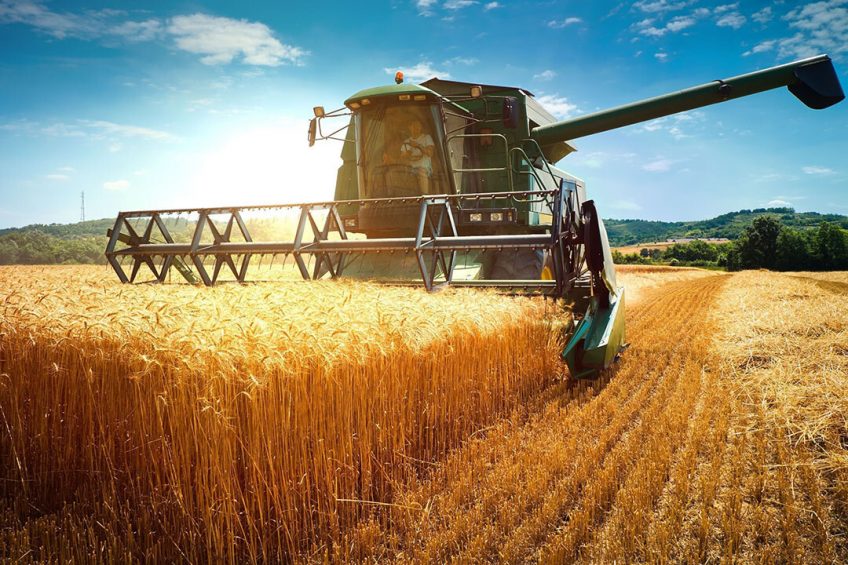
Promising yield forecasts are casting a shadow on futures markets. Corn prices in particular are unstable these days. The maize trade has long been a key market.
Wheat prices on the futures market in Paris are again around € 200 to € 205. The harvest in the EU is promising. In Europe, the market is in a transition phase. The southern production countries are now trying to bring in the early crops under varying weather conditions. In more northern areas, processors and users have to make do with what little grain remains from the 2020 harvest, in anticipation of the new harvest.
In the south of Russia, the harvest has already started with satisfactory hectare yields, according to the Agritel market agency. Russia has done well with the delivery of 28,000 tons of wheat to Algeria. Not an earth-shattering amount per se, but it could be the start of more. Over the past 4 years, Algeria, a very large wheat importer, has sourced wheat from France and Germany. In October, Algeria eased the quality requirements for Russian wheat slightly by introducing a slightly higher tolerance (0.5% instead of 0.1%) for insect damage.
Tense corn market
The situation on the corn market is tense. The Brazilian harvest is decreasing by the week due to the prevailing drought there. That has already been factored into the forward prices. As the weather improves in the corn production areas of the United States, i.e. provides more favourable growing conditions due to precipitation, there will be more pressure on corn prices . It has now rained in the important state of Iowa, which is important for corn. It remains to be seen how things are going in mid-July, when the crop enters the cob setting phase.
In the coming period, China will prove to be a decisive factor for the maize price. If the long-standing insatiable hunger for maize diminishes, this will also affect wheat and barley prices.




